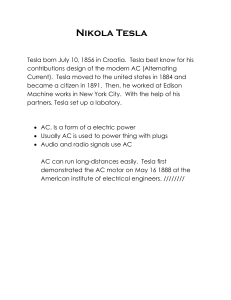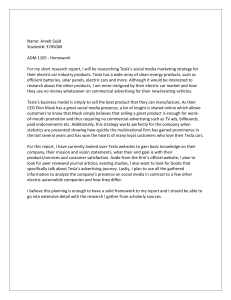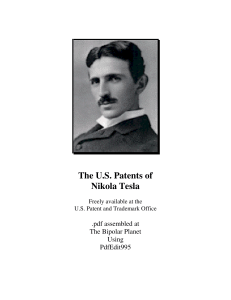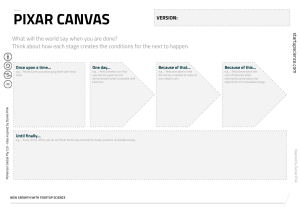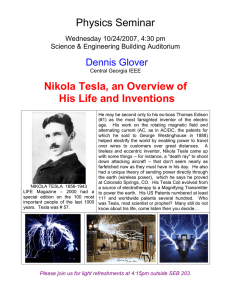Open vs. Closed AI: Development, Applications, and Future Trends
advertisement
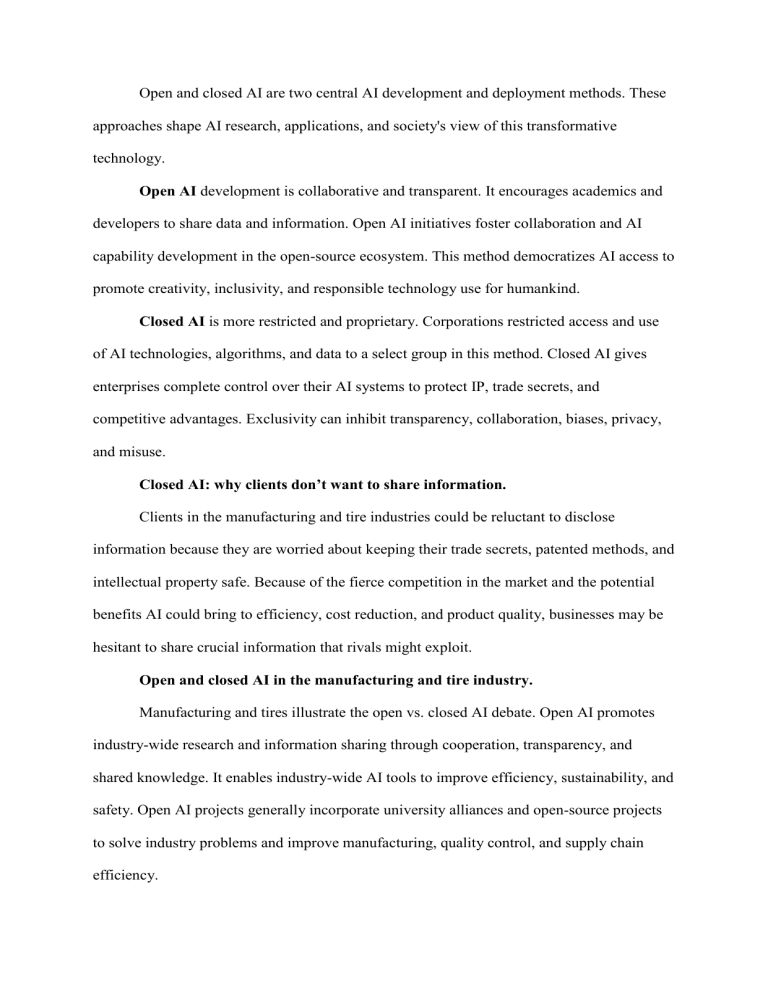
Open and closed AI are two central AI development and deployment methods. These approaches shape AI research, applications, and society's view of this transformative technology. Open AI development is collaborative and transparent. It encourages academics and developers to share data and information. Open AI initiatives foster collaboration and AI capability development in the open-source ecosystem. This method democratizes AI access to promote creativity, inclusivity, and responsible technology use for humankind. Closed AI is more restricted and proprietary. Corporations restricted access and use of AI technologies, algorithms, and data to a select group in this method. Closed AI gives enterprises complete control over their AI systems to protect IP, trade secrets, and competitive advantages. Exclusivity can inhibit transparency, collaboration, biases, privacy, and misuse. Closed AI: why clients don’t want to share information. Clients in the manufacturing and tire industries could be reluctant to disclose information because they are worried about keeping their trade secrets, patented methods, and intellectual property safe. Because of the fierce competition in the market and the potential benefits AI could bring to efficiency, cost reduction, and product quality, businesses may be hesitant to share crucial information that rivals might exploit. Open and closed AI in the manufacturing and tire industry. Manufacturing and tires illustrate the open vs. closed AI debate. Open AI promotes industry-wide research and information sharing through cooperation, transparency, and shared knowledge. It enables industry-wide AI tools to improve efficiency, sustainability, and safety. Open AI projects generally incorporate university alliances and open-source projects to solve industry problems and improve manufacturing, quality control, and supply chain efficiency. The industry uses closed AI to preserve trade secrets, proprietary processes, and competitive advantages. Companies use closed AI to optimize productivity, predictive maintenance, and product quality in manufacturing. Closed AI ensures high intellectual property control, helping enterprises maintain market position and research investments. Case study example on closed and open AI Tesla, a leader in electric automobiles and renewable energy sources, offers a noteworthy example of open and closed AI techniques. Tesla is a prime example of collaboration and openness in open AI. By releasing several AI-related patents to the public, they have shown transparency and sparked innovation in the electric vehicle industry. Tesla advances sustainable transportation technology by disseminating its expertise and research to a broader audience. Tesla also uses closed AI tactics to compete. They actively invest in unique AI algorithms and technology for autonomous driving, car safety, and battery efficiency. Tesla's closed AI strategy integrates AI technologies into its hardware and software. This closed nature lets Tesla customize AI technologies for their vehicles for the best performance and safety. Tesla's open and closed AI plans exhibit strategic balance. Open AI projects boost industry growth and sustainability, while closed AI helps Tesla maintain its electric vehicle market leadership. Tesla can contribute to the greater good while maintaining its competitive edge with this strategic combination. As AI evolves, this dynamic strategy may spur innovation, industry collaboration, and electric transportation advancement. Future of closed and open AI The future of closed and open AI lies in a dynamic interplay that optimizes innovation, collaboration, and responsible development. Open AI will remain a driving force, fostering collaborative research, sharing knowledge, and creating a global community. It will lead to standardized AI tools, benefiting society through advancements in healthcare, sustainability, and various industries. Ethical guidelines, regulations, and responsible data sharing will evolve to mitigate privacy concerns and biases. Closed AI will protect IP, promote competition, and drive focused breakthroughs. Proprietary AI will focus on customization, organizational demands, and competitive edge. However, hybrid models that incorporate the qualities of both approaches will gradually emerge. Companies may selectively disclose parts of their AI systems to encourage collaboration while preserving critical technologies. A future where AI evolves ethically, inclusively, and sustainably, maximizing social benefits while respecting human interests and business innovation, will require this balance.


